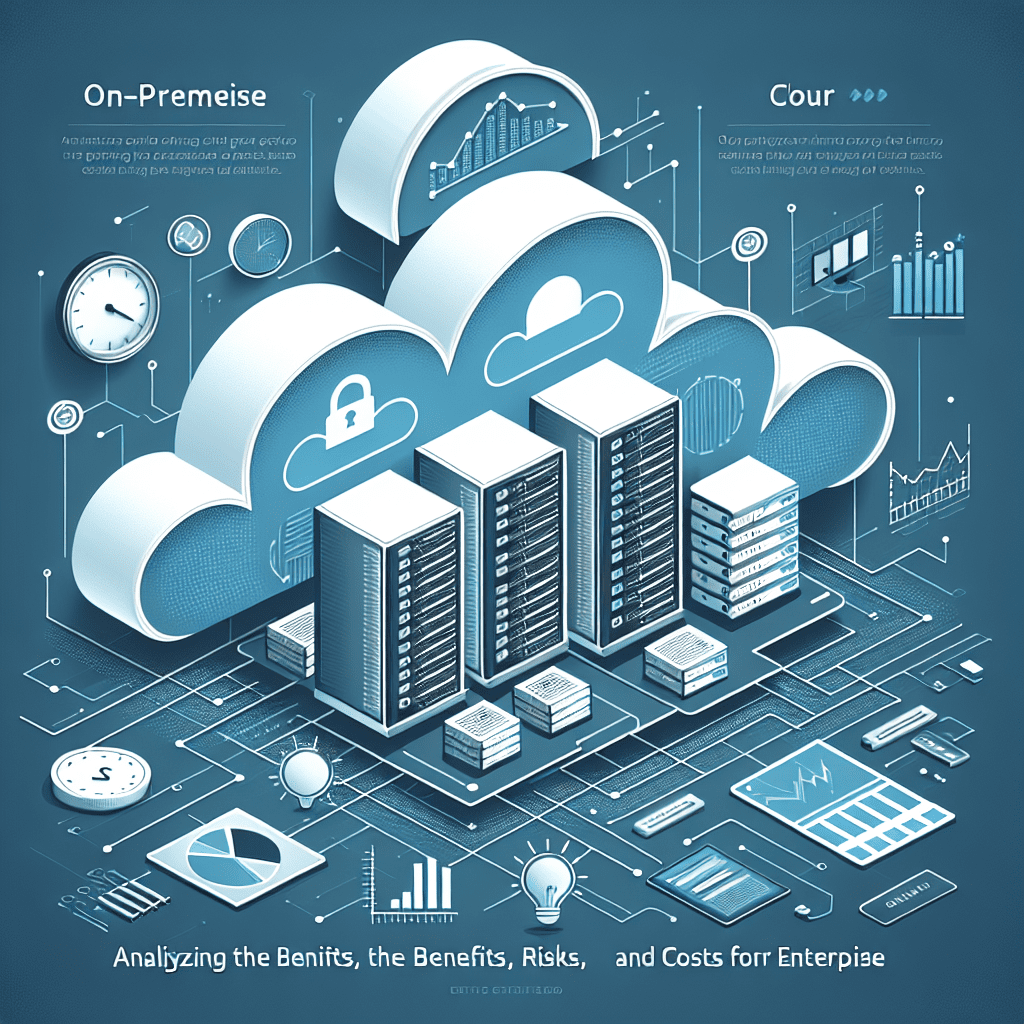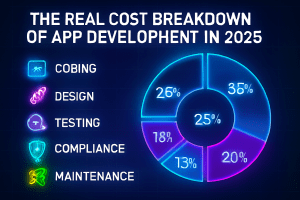Introduction
The decision between on-premise and cloud solutions shapes enterprise IT strategies, impacting everything from security and compliance to agility and ROI.

While cloud adoption surges for its convenience and scalability, on-premise infrastructure often remains the backbone for businesses that require granular control and regulatory compliance. This blog unpacks the key benefits, risks, and costs associated with on-premise cloud setups, helping you make informed choices. For expert IT strategy support, explore TechOTD, leverage cutting-edge AI services, and discover custom web development.
Key Benefits of On-Premise Cloud for Enterprises

-
Full Control & Customization:
Hosting critical applications and data on-premises ensures you have total authority over security protocols, software configurations, and system integrations. This is vital for highly regulated industries like finance, government, and healthcare. -
Enhanced Data Privacy:
Sensitive data never leaves your organization’s direct oversight, empowering you to comply with strict privacy standards and data sovereignty laws. -
Independence from Third Parties:
On-premise solutions are immune to cloud provider outages, vendor lock-in, and fluctuating internet reliability. Systems remain accessible even during external crises or connection failures. -
Tailored Security:
Direct control allows you to build layered, organization-specific security systems—crucial for handling confidential or proprietary data.
Risks and Drawbacks

-
Significant Upfront Costs:
Enterprises shoulder large capital investments for hardware, software licenses, installation, and custom infrastructure. This can be a substantial hurdle for smaller organizations. -
Ongoing Maintenance Burden:
All updates, security patches, repairs, and compliance checks must be managed in-house, requiring skilled IT teams and constant vigilance. -
Limited Scalability:
Scaling up means buying and configuring additional servers, which can be time-consuming and costly. Unlike cloud platforms, scaling down doesn’t recover sunk investments. -
Resource Redundancy & Downtime:
Failures or outages demand manual intervention and can lead to costly downtime, unless robust redundancy and backup plans are in place. -
Skills Gap:
Maintaining modern on-premise systems requires advanced IT talent, which is scarce and costly as organizations increasingly shift workloads to cloud environments.
Cost Analysis

| Aspect | On-Premise Cloud | Cloud Alternative |
|---|---|---|
| Initial Outlay | High (hardware, licenses, setup) | Low/None (subscription, pay-as-you-go) |
| Ongoing Costs | Maintenance, upgrades, IT staff | Subscription fees, usage costs |
| Scalability Cost | Hardware expansion, potential downtime | Instant scaling, cost reflects usage |
| Total Cost of Ownership (TCO) | Can be lower with long-term, predictable usage, but risks overprovisioning and underutilization | May rise with high or unpredictable data transfer, but usually lower for varying workloads |
| Resource Utilization | Often underused if over-provisioned | Optimized (pay only for active usage) |
Conclusion
On-premise cloud environments give enterprises unmatched control, privacy, and customization—making them a common choice in highly regulated sectors. However, these advantages come at the price of higher upfront costs, ongoing maintenance responsibilities, and slower responsiveness to changing business needs. Ultimately, the best solution depends on your organization’s size, growth rate, regulatory environment, and IT expertise. For an optimized cloud or hybrid strategy, consult TechOTD, or unlock end-to-end IT and AI support via their services portfolio.
FAQ
1. When is on-premise cloud better than full cloud solutions?
When absolute data control, compliance, and customization are priorities—especially in finance, healthcare, and government.
2. What are the main hidden costs of on-premise solutions?
Upgrades, ongoing maintenance, hardware failure risks, and the need for highly skilled IT staff.
3. How can I manage scalability challenges with on-premise cloud?
Careful capacity planning, investing in modular hardware, and using hybrid setups for overflow workloads.
4. Is on-premise always more secure than cloud?
Not always—security depends on your team’s capabilities and processes. Cloud providers often offer advanced protections, but you lose some direct control.
5. Can on-premise and cloud be combined?
Yes—a hybrid cloud architecture integrates the best of both worlds, using on-premise for sensitive workloads and cloud for scalability











